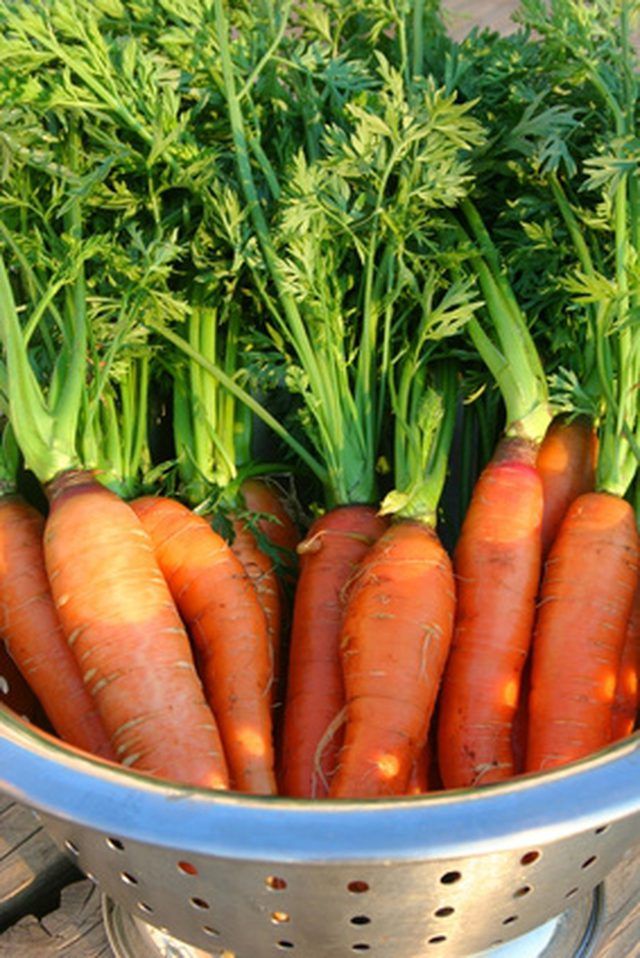Bulbs
Flower Basics
Flower Beds & Specialty Gardens
Flower Garden
Garden Furniture
Garden Gnomes
Garden Seeds
Garden Sheds
Garden Statues
Garden Tools & Supplies
Gardening Basics
Green & Organic
Groundcovers & Vines
Growing Annuals
Growing Basil
Growing Beans
Growing Berries
Growing Blueberries
Growing Cactus
Growing Corn
Growing Cotton
Growing Edibles
Growing Flowers
Growing Garlic
Growing Grapes
Growing Grass
Growing Herbs
Growing Jasmine
Growing Mint
Growing Mushrooms
Orchids
Growing Peanuts
Growing Perennials
Growing Plants
Growing Rosemary
Growing Roses
Growing Strawberries
Growing Sunflowers
Growing Thyme
Growing Tomatoes
Growing Tulips
Growing Vegetables
Herb Basics
Herb Garden
Indoor Growing
Landscaping Basics
Landscaping Patios
Landscaping Plants
Landscaping Shrubs
Landscaping Trees
Landscaping Walks & Pathways
Lawn Basics
Lawn Maintenance
Lawn Mowers
Lawn Ornaments
Lawn Planting
Lawn Tools
Outdoor Growing
Overall Landscape Planning
Pests, Weeds & Problems
Plant Basics
Rock Garden
Rose Garden
Shrubs
Soil
Specialty Gardens
Trees
Vegetable Garden
Yard Maintenance
How to Start Carrot Seeds Indoors
How to Start Carrot Seeds Indoors. Carrots are an important source of nutrients in the human diet. According to the FDA, carrots are rich in beta carotene, vitamin C, iron and dietary fiber. Carrot seed is inexpensive, and you don't have to buy special pots to grow it in. It is simple to sprout in any container deep enough to accommodate the roots...

Carrots are an important source of nutrients in the human diet. According to the FDA, carrots are rich in beta carotene, vitamin C, iron and dietary fiber. Carrot seed is inexpensive, and you don't have to buy special pots to grow it in. It is simple to sprout in any container deep enough to accommodate the roots (about 4 inches). Rabbits love to munch on carrot tops, so starting carrot seeds indoors is an easy way to protect seedlings and get a head start on spring planting .
Things You'll Need
Styrofoam cups
Sharp pencil
Potting soil
Tray
Grow lights (optional)
Collect a few styrofoam cups or empty yogurt, sour cream or cottage cheese containers. Wash containers thoroughly and let them dry.
Poke a small hole in the bottom of the cup with the point of a sharp pencil. Do not make the hole too wide; you just want water to be able to drain out of the bottom of the cup.
Fill the cups with potting soil. Leave the soil loosely packed to promote long, straight root growth. Those roots will eventually become the carrots. Place the filled cups on a tray to catch the draining water.
Plant carrot seeds by sprinkling a few of the tiny seeds onto the soil. Cover the seeds with 1/8 inch of new soil. Press down gently, and water thoroughly.
Place the tray in a warm, sunny spot in your home. Install a grow light if your windows don't have a southern exposure that gets six hours of direct light each day.
Wait about two weeks for the seeds to germinate and sprout, continuing to keep the soil moist and properly drained. Thin seedlings to three or four per cup if you get too many sprouts. Transplant outdoors when soil is warm to the touch. Repeat steps 1 through 5 to start a second crop and extend your carrot supply through summer.
Tips & Warnings
Starting carrot seeds indoors is an easy way to introduce a child to the basics of vegetable gardening.